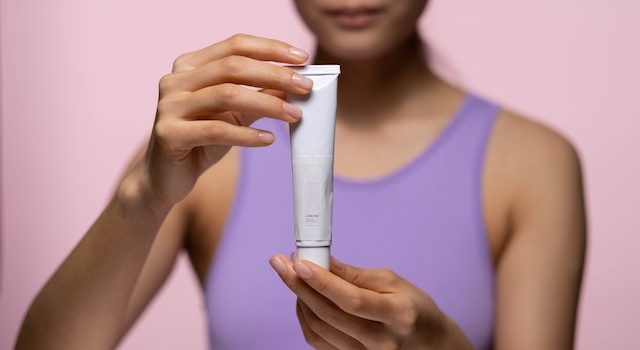
Aklief (generic name trifarotene) is a topical retinoid that offers an alternative to tretinoin for achieving clearer skin. It is approved by the U.S. Food and Drug Administration (FDA) for the treatment of acne. Aklief is specifically formulated to target the underlying causes of acne, including excess oil production, clogged pores, and inflammation. Here is a comprehensive guide to understanding and using Aklief:
1. How Aklief works: Aklief belongs to a class of medications called retinoids, which are derived from vitamin A. It works by binding to specific receptors in the skin called retinoic acid receptors (RARs). This action helps regulate the skin cell turnover process, reducing the formation of clogged pores, promoting the shedding of dead skin cells, and preventing the formation of new acne lesions.
2. Benefits of Aklief:
– Acne treatment: Aklief is primarily used for the treatment of acne vulgaris. It can be effective in reducing both inflammatory and non-inflammatory acne lesions, including blackheads, whiteheads, papules, and pustules.
– Targeted action: Aklief specifically targets the RAR-γ receptor, which is predominantly found in the sebaceous glands of the skin. By selectively binding to this receptor, Aklief helps to normalize the skin’s oil production, leading to a reduction in acne breakouts.
– Potency and tolerability: Aklief is considered a potent retinoid but is designed to be well-tolerated by the skin. It is formulated with a unique molecule that allows for targeted delivery to the affected areas while minimizing irritation and dryness often associated with retinoids.
– Suitable for different skin types: Aklief can be used by individuals with various skin types, including those with oily, combination, or sensitive skin.
3. How to use Aklief:
– Start with clean, dry skin: Before applying Aklief, ensure that your skin is clean and dry. You may use a gentle cleanser suitable for your skin type.
– Apply a thin layer: Using clean fingertips, apply a thin layer of Aklief to the affected areas of your face once daily, preferably in the evening.
– Avoid sensitive areas: Take care to avoid applying Aklief near the eyes, lips, nostrils, or any other sensitive areas.
– Gradual introduction: When starting Aklief, it is recommended to begin with a once-daily application, and if tolerated well, you can increase the frequency to twice daily.
– Follow with moisturizer: After Aklief has absorbed into your skin, you may apply a moisturizer to help minimize dryness and irritation. Choose a non-comedogenic and fragrance-free moisturizer.
– Sun protection: It is crucial to use broad-spectrum sunscreen with an SPF of 30 or higher during the day, as retinoids can increase sun sensitivity. Protecting your skin from UV rays can help prevent skin damage and discoloration.
4. Possible side effects:
– Skin dryness and peeling: Aklief may cause some initial dryness and peeling as your skin adjusts to the medication. Gradually introducing the product and using a moisturizer can help minimize these side effects.
– Skin irritation: Some individuals may experience redness, itching, or mild irritation at the application site. If these symptoms are severe or persistent, it’s advisable to consult a healthcare professional.
– Sun sensitivity: Retinoids can make your skin more sensitive to the sun, so it’s crucial to use adequate sun protection.
– Pregnancy and breastfeeding: Aklief should not be used during pregnancy or while breastfeeding, as the effects
on unborn babies or infants are not yet known. Consult with a healthcare professional if you are pregnant, planning to become pregnant, or breastfeeding.
5. Precautions and considerations:
– Inform your healthcare provider about any other medications or skincare products you are using to avoid potential interactions or adverse effects.
– Patch testing: If you have sensitive skin, consider performing a patch test before using Aklief to check for any adverse reactions or irritation.
– Patience and consistency: Results from using Aklief may take time to become noticeable. It is important to be patient and consistent with its use to achieve optimal results.
– Consult a healthcare professional: If you have any concerns or questions about using Aklief, it is recommended to consult with a dermatologist or healthcare professional who can provide personalized guidance based on your specific needs.
Remember that Aklief is a prescription medication, and it is essential to follow your healthcare provider’s instructions and recommendations for its use. They can determine if Aklief is suitable for you based on your individual circumstances and provide guidance throughout your treatment journey.










